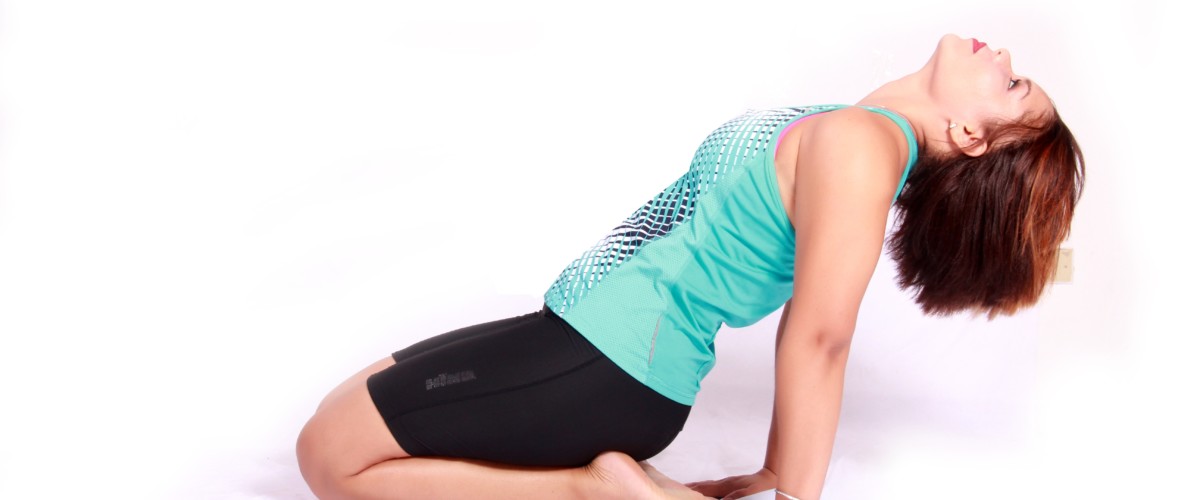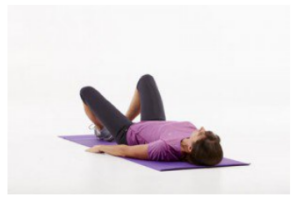How Do I Activate My Inner Core?

In my daily practice as a Physical Therapist, I spend considerable time teaching patients “inner core exercises”. In this article, I hope to share this concept with you. If you haven’t read my two prior core articles, it may be helpful to review them before reading this entry. They cover key concepts including the components and function of the inner vs outer core and why it is important to specifically rehabilitate the inner core after a back injury.

Let’s start with the pelvic floor. First, lie comfortably either on your back or side with knees bent. Relax and take a deep breath allowing your stomach to rise and fall. Then try to use one of the following cues to engage your pelvic floor. Try to maintain the gentle contraction or image for 10 seconds while you continue to breath normally and stay relaxed with your outside/external core muscles. Repeat this 5-10 times each session.
- Imagine you have to urinate and are trying to “hold your bladder” • Imagine you are walking into a cold lake and as the water is rising toward your pelvis, “draw up your pelvic floor”
- Gently tighten your anal muscles like you are preventing flatulence
- Imagine there is a line connecting the front and back of your pelvic floor. Tighten the line to draw the ends closer together
Now let’s move onto your multifidus. Repeat the process above but with alternate imagery:
- Imagine a string connecting your right and left SI joints (tailbone joints). Tighten the string to pull the two ends closer together
- Imagine a string connecting your pelvic floor wrapping around to your low back. Tighten the string and visualize one of your lumbar vertebrae (lower back bones) moving backwards
To engage your Transversus Abdominis, try one of the following:
- Imagine a string across the front of your abdomen connecting the two prominent bones on your pelvis. Draw the string tighter to bring those two points closer together
- Draw your belly button down and in toward your spine without “sucking in your stomach”
Once you feel more confident with the basic activation exercises above, it’s time to challenge your spine control while you engage your inner core. During the exercises listed below, try to maintain your gentle inner core contraction and do not hold your breath or over tighten your outside core muscles. Be sure your pelvis and spine remains stable throughout. If you are unable to control the movement as described or if you experience any back pain, be sure to stop the exercise. Lie on your back with your knees bent and try the following:
- Slowly allow one knee to fall out to the side. Only move it as far as you can maintain stability with your pelvis and spine. Return your knee to the start position. Repeat this with the other knee. Continue this pattern until you notice the control of your pelvic stability is compromised.

- Slide one foot slowly down to straighten your knee. Return your leg to the start position and then repeat with the other leg. Continue this pattern until you notice the control of your pelvic stability is compromised.

An important component of spine rehabilitation is to begin integrating your inner core activation into normal every day activities. While you are standing, waking, sitting, etc, try to engage your inner core muscles. This helps to retrain the brain to start using the inner core system as you function throughout the day which is its normal pattern.
These exercises are very different than traditional exercises. I frequently need to remind patients that they are activating a coordination and control system, not a power and strength system. The exercises are gentle and very subtle. It often takes time to appreciate the minimal amount of physical effort required and the significant mental focus to perform the program correctly. Hopefully this provides a starting point for you to begin to rehabilitate your inner core. If you feel that you need individual training for your core system, I strongly encourage you to contact a local Physical Therapist for assistance.
